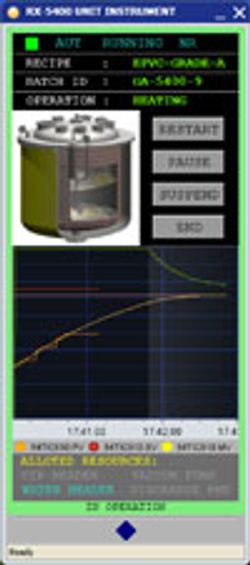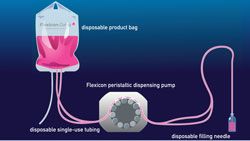Qualification Pitfalls and How to Avoid Them
Equipment and Processing Report
Qualification demonstrates that equipment is what it is purported to be and does what it is supposed to do. Installation qualification (IQ), operational qualification (OQ), and performance qualification (PQ) are the three steps of equipment qualification.
The US Food and Drug Administration requires that all equipment used to manufacture pharmaceuticals be qualified. Put simply, qualification demonstrates that equipment is what it is purported to be and does what it is supposed to do. Installation qualification (IQ), operational qualification (OQ), and performance qualification (PQ) are the three steps of equipment qualification.
Although most drug companies either have a knowledgeable qualification group or rely on outside experts to perform these qualifications, some manufacturers make common mistakes that thwart their qualification projects. These mistakes often result in qualification failure, which costs companies time, money, and effort.
The most common, and the most consequential, mistake is a lack of planning. The pressures of commercial manufacturing can lead many drugmakers to spend little time planning for qualification projects. Some believe that extended planning is inefficient; their goal is to release the equipment for production quickly. But insufficient planning-not extended planning-is inefficient, according to Jeff Hall, consultant at MHP Consultants (Roswell, GA). “With poor project planning, typically the project-completion date shifts incrementally because of delays in the project or poor oversight,” he says. Poor planning can also result in failed validation.
Even when manufacturers take time to plan qualification projects, they sometimes ignore important considerations. Companies often fail to take a science- or risk-based approach, based on product and process knowledge, to define the extent of qualification, says Steve Wisniewski, director of compliance at Integrated Project Services (Lafayette Hill, PA).
Paul Pluta, editor-in-chief of the Journal of Validation Technology, agrees that risk analysis is essential to the planning process for an IQ, OQ, or PQ project. Risk analysis identifies the critical and noncritical work to be done and helps companies focus on the appropriate elements of the qualification project. Validation should address the critical areas, and commissioning should address the noncritical.
Because it identifies the factors that have a direct effect on product or process quality, risk assessment can also reduce the number of systems requiring qualification and robust commissioning, Wisniewski says.
During the qualification-planning process, manufacturers sometimes do not consult all of the employees who will be responsible for using, maintaining, or approving the equipment. This oversight leads to inadequate plans that delay the completion of qualification projects or result in failure to meet requirements. “A successfully executed qualification is difficult to obtain without a good core knowledge of the equipment and its operation,” Hall says.
Another widespread mistake is the failure to apply sound project-management principles to commissioning and qualification projects, explains Wisniewski. Companies should define commissioning and qualification activities and clarify who will be responsible for each one. In addition, manufacturers should map the documentation control that the qualification project requires, says Wisniewski.
Qualification plans must be monitored, says Hall. Companies should use a project-plan approach to assign milestones to each test completion. Also, management should be notified of successful test completions and delays or problems that the testing team encounters. “Regularly scheduled updates on the progress of the qualification are ideal,” Hall remarks.
By taking several steps, pharmaceutical manufacturers can improve their IQ, OQ, and PQ projects. For example, Hall points out that the intent of equipment and instrument qualification is given in FDA’s Guideline on General Principles of Process Validation. “The intent of the qualification process must be met with every qualification, no matter the type of equipment or instrument,” he says.
Regulators and manufacturers use different terms to discuss IQ, OQ, and PQ, and this lack of uniformity can cause confusion. Manufacturers can decrease the confusion by including detailed definitions within their sites’ qualification plans or protocols, Hall remarks.
Finally, drugmakers should allow sufficient time for qualification projects, says Pluta. After a company budgets adequate time to plan the qualification and subsequent development work is complete, IQ, OQ, and PQ should begin. Companies need to devote as much time as necessary to understanding their systems fully before such programs begin.
Collaboration, prioritization, planning, oversight, and clarity of purpose can greatly improve pharmaceutical-equipment qualification projects. These factors can save drugmakers a lot of time, sweat, and money.



